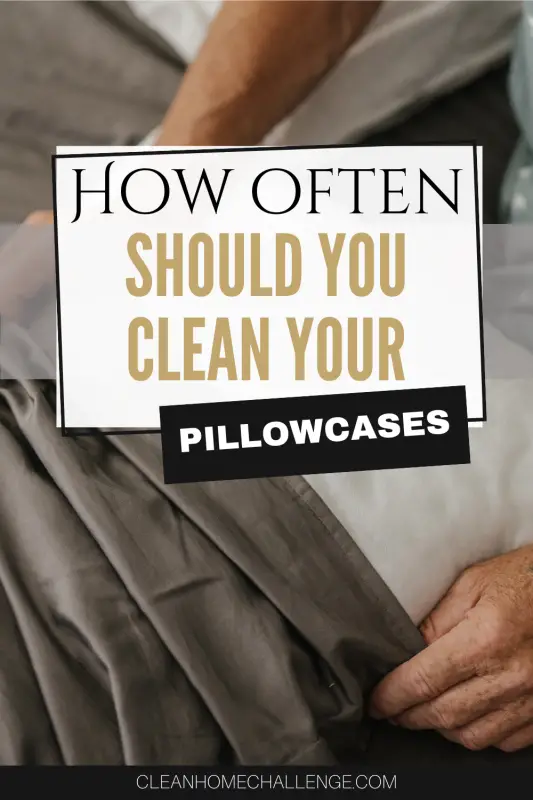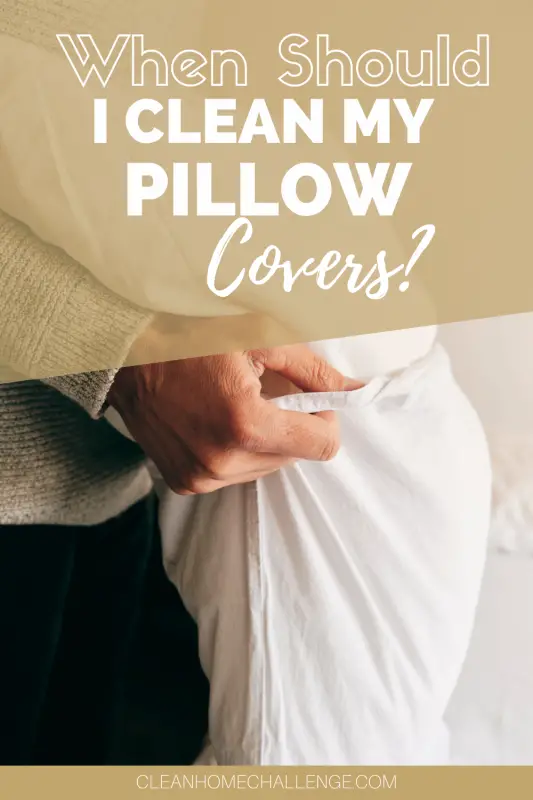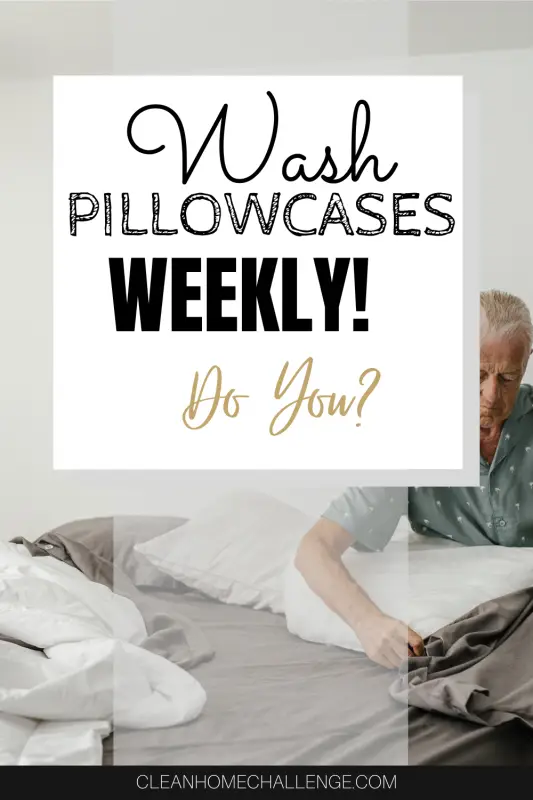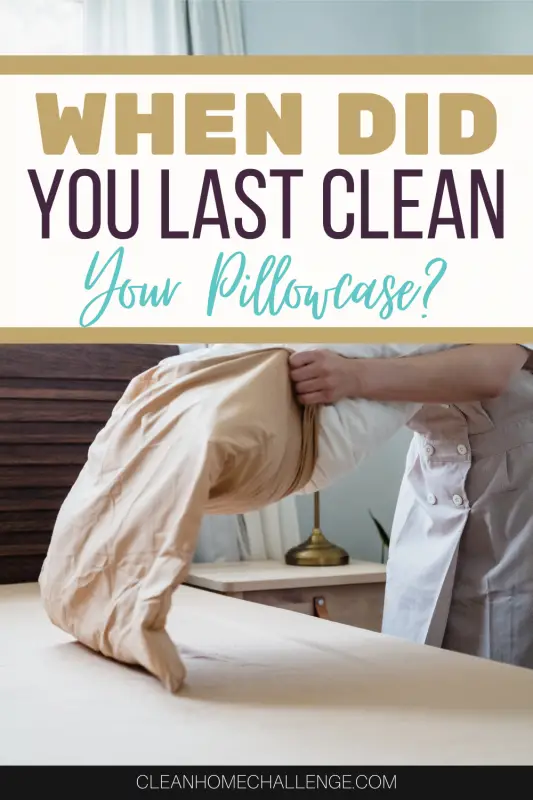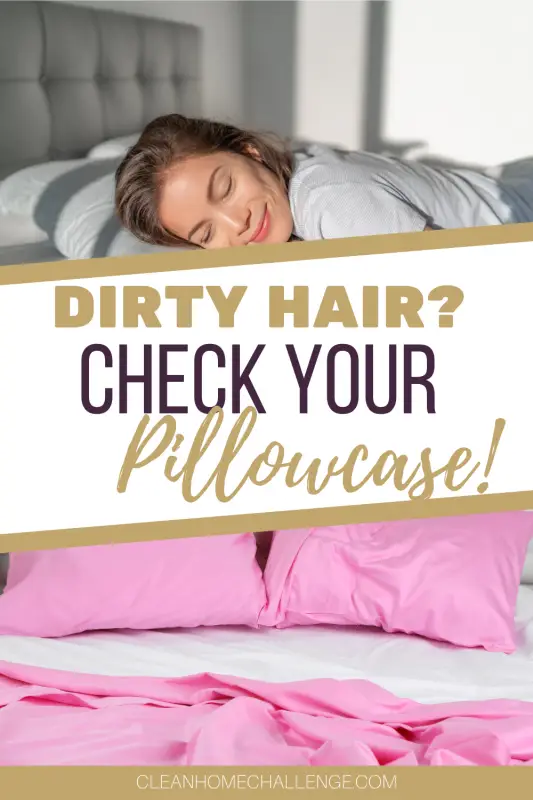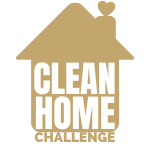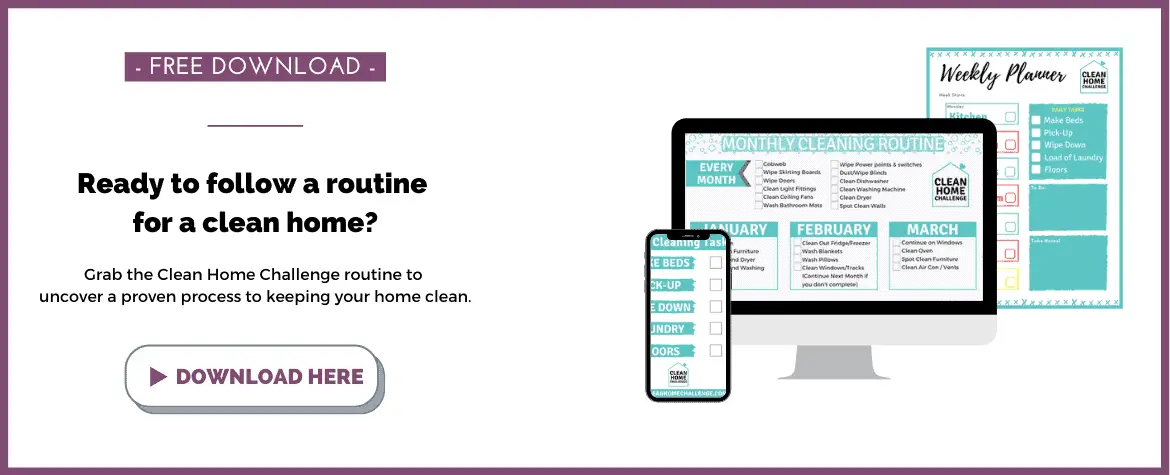THIS POST MAY CONTAIN AFFILIATE LINKS. PLEASE READ MY DISCLOSURE FOR MORE INFO.
Looking for a complete list of Home Cleaning Supplies in once place? Look no further, because in this article you’ll find almost every cleaning supply you need which can clean your house from top to bottom.
And the best part?
You’ll also find their uses like how, when and where they can be applied and used in order to keep your house super clean.
To make things easier I have categorized this list in 4 different categories.
- For Dusting, Wiping and Scrubbing,
- Waxing and Polishing,
- Stain Removal and Laundry,
- And for Odor Fixing.
1. For Dusting, Wiping and Scrubbing Cleaning Supplies

BRUSHES FOR CLEANING THE HOME
PAINTBRUSH
Use it on fragile items like lamp shades, things with intricate designs, or to reach tight spaces. Keep paintbrushes for dusting separate from those for paint touch-ups.

SCRUB
A brush with bristles inserted into a rectangular block. Use it for scrubbing floors and walls.

SOFT-BRISTLE
Good for cleaning glassware, antiques, and most household surfaces.

STIFF-BRISTLE
A stiff nylon-bristle brush is ideal for thoroughly scrubbing surfaces with crevices and textures. The handle will help keep your knuckles from getting scraped.

TOILET
Needed for scrubbing the inside of the toilet bowl. Nylon bristles work best.

TOOTHBRUSH
Old toothbrushes can be used to clean hard to reach spots in the kitchen, bath, and other places around the house. Use them to remove grime from faucets, light switches, cabinet hardware, and jewellery.

CLOTHS FOR CLEANING THE HOME
DUST
A good dust cloth should attract and capture dust. Look for the soft cloth.

MICROFIBER
Woven from superfine synthetic fibers, the surface of the cloth is designed to trap dirt. Use it on surfaces prone to scratching, such as acrylic and stainless-steel appliances.

MUSLIN
A finely-woven unbleached or white cotton cloth. Use for dusting artwork or lining cedar chests so that clothes don’t come into contact with wood.

POLISHING
Soft, napped cloths that are used to polish and buff silver or other metals.

CLEANING PRODUCTS FOR THE HOME
ALL-PURPOSE CLEANING LIQUID
Amazing on all nonporous surfaces such as finished wood and tile floors, countertops, walls, porcelain, bathroom fixtures, and sealed natural and synthetic stones.

BABY WIPES
These towelettes are pre-moistened with a baby safe wash and are just the right size for a variety of other household cleanups. Use them to take out the makeup, crayon, and even heel marks from floors, tiles, and walls.

BAKING SODA
Its mild abrasive action and natural deodorizing properties make it a great replacement for harsh scouring powders. Use it as a cleaner, deodorizer, and stain remover.

Get rid of stubborn mold and mildew stains easily with this instant spray cleaner removes the stains left behind from black mold and mildew. They tend to leave behind ugly staining that can go deep below the surface.

BORAX
Borax is a naturally occurring mineral that has water-softening and whitening properties. Use it as a laundry booster (especially when washing cloth diapers) and to clean and deodorise.

CARPET CLEANER
Many commercial carpet cleaners contain harsh chemicals. Watch for non-toxic options or make your own spot cleaner by a quarter teaspoon of dishwashing liquid diluted in a quart of water to extend a carpet’s life.

COUNTERTOP SPRAY (also called surface spray)
A cleanser that works well on all nonporous surfaces such as finished wood, tiled floors, countertops, walls, and sealed granite and marble.

DISHWASHING LIQUID
Made to keep dishes clean and bright, this cleanser cuts on the grease and is mild enough to use for many other household cleaning tasks.

OXYGEN BLEACH
Available as both liquids and powders, these bleaches are gentler and less toxic than chlorine bleach. Oxygen bleaches maintain colors and help keep the whites, white (but will not make them whiter). They are also safe to use on colored cotton, wool, silk, and synthetic fabrics. Add to the wash at the same time you add the detergent. Most effective with hot water.

HYDROGEN PEROXIDE
Work as a disinfectant and bleaching agent because it is essentially water with an extra oxygen molecule. It is kinder on the environment than chlorine bleach so use it as a bathroom disinfectant and cleaner or to spot-clean most of the fabrics.

SOLVENT CLEANER
Solvents work to dissolve oil-based stains like grease and tar. Be very careful when handling or disposing.

WINDOW-CLEANING LIQUID
To help keep windows, mirrors, and glass sparkling and streak-free.

CLUB SODA
Carbonated water can help remove stains from fabrics and carpets, and clean glass and countertops.

COLA
The acid in a can of cola may remove stains from a toilet bowl.

COMPRESSED AIR
Great for cleaning keyboards, piano keys, and other hard-to-reach spots that can’t tolerate moisture. Buy this in office-supply stores.

CREAM OF TARTAR
Cream of tartar, a natural acid salt, is a byproduct of wine making and can be used to clear discolouration from aluminium and copper pots and pans and silverware. It can also get rid of stains on porcelain.

DENTURE TABLETS
They have a bleaching compound that helps whiten and disinfect dentures, and they’ll do the same job on many other things around your household, such as toothbrushes, toilets and sinks.

DISTILLED WATER
Water purified to eliminate any minerals, chemicals, or trace elements. It cleans electronics and delicate metals and antiques without mineral buildup.

KETCHUP
The acids in ketchup can help make tarnished copper pots and pans gleam.

OLIVE OIL
Use it to clean pearls and polish lacquered metal objects.

DRYER SHEETS
Dryer sheets are soft and designed to reduce static but can also remove dust from window blinds or electrical appliances such as televisions and computer screens. They also keep closets fresh.

DRY SPONGE
Great for cleaning surfaces that can be damaged by moisture. Use it totally dry as you would a rubber eraser, to absorb dirt and gently clean papered or porous walls.

WASHING SODA
Washing soda is a mineral that cuts grease, cleans walls, tiles, sinks, and tubs and can neutralize odors. Wear gloves while using, it’s more caustic than baking soda.
WHITE VINEGAR
Acidic white vinegar has many household uses. It can be used as a stain remover, a mild bleach, and to add sparkle to glassware and windows.


Toothpaste contains ingredients such as baking soda and hydrogen peroxide. Use it to polish chrome and dull-looking piece of jewellery and remove stains from the walls and carpets.

DUSTERS FOR HOME CLEANING
EXTENDABLE
This long-handled tool is essential for high and hard-to-reach places such as ceiling fans and skylights.

FEATHER
Perfect for small crevices or to sweep across large surfaces. Use it for dusting on end tables, bookshelves, lamps to name a few.

PADS FOR HOME CLEANING
NYLON SCRUBBY
Good for keeping most household surfaces scratch-free.

STEEL WOOL
This super-abrasive pad can scratch most surfaces, you should only use it to scrub the most stubborn stains.

PUMICE STONE
This hard stone is great for scrubbing off stains from hard surfaces.

2. For Waxing and Polishing In The Home
POLISH
FURNITURE
Your go-to solution for polishing wood furniture and maintaining shine.

METAL
There’s a variety of commercial metal polishes available for different types of metal (copper, aluminium, silver, and so on).

VODKA
Use it to clean your diamonds and other gemstones. Buy at liquor stores.
WAX
CAR
Besides making your car shiny, car wax can also help remove grease from wood cabinets and prevent stains on plastic or metal outdoor furniture.

FURNITURE
Shines and protects furniture and other finished surfaces such as lacquer, varnish, shellac, polyurethane, or wax finishes. Also great for filling in small scuffs and scratches.

3. For Stain Removal and Laundry In The Home
DETERGENTS
BABY
Harsh detergents can irritate newborn’s skin, so baby detergents are made to leave fabric soft and additive-free. Use them for cleaning delicate fabrics too.

LAUNDRY
There’s a wide variety of detergents to choose. Powdered detergents work best if you have hard water; they’re great for removing mud and clay. Liquid detergents are good for taking out grease, oily dirt, and stains, and work very well as a pre-treatment.

DRY-CLEANING SOLVENT
Apply it to stains that are caused by substances that are non-water-soluble, such as butter or grease. Dry-cleaning solvents are used on clothing or upholstered furniture.

TALCUM POWDER
Sprinkle it on oily stains to absorb them.

UPHOLSTERY SHAMPOO
Ideal for spot-cleaning or to clean upholstery from top to bottom. Make sure the upholstery shampoo you use is safe for your fabric.

4. For Odor Fixing In The Home
ACTIVATED CHARCOAL
This extremely porous substance absorbs and filters odors.

CHALK
Chalk is a desiccant—it attracts water and can remove excessive humidity that would normally degrade or even destroy products sensitive to moisture.

ESSENTIAL OILS
Eucalyptus, lavender, and other oils can help remove stains, kill bacteria, and add a lovely fragrance to your home. Where can you buy them? Natural-foods stores, natural health or beauty stores, or simply from Amazon.

So, there you have it.
I tried to mention everything I could in this ultimate list of house cleaning supplies, and if you think I missed something, please contact me and let me know, I’ll update the article.
And if you’re interested in learning on how to clean your house organically, chemicals and toxins-free while also saving some money then read my article on house cleaning without chemicals here.

